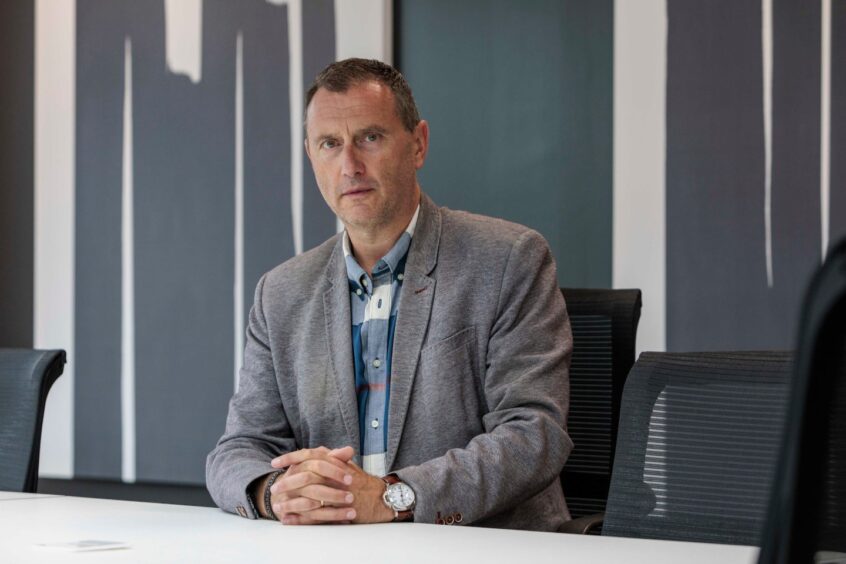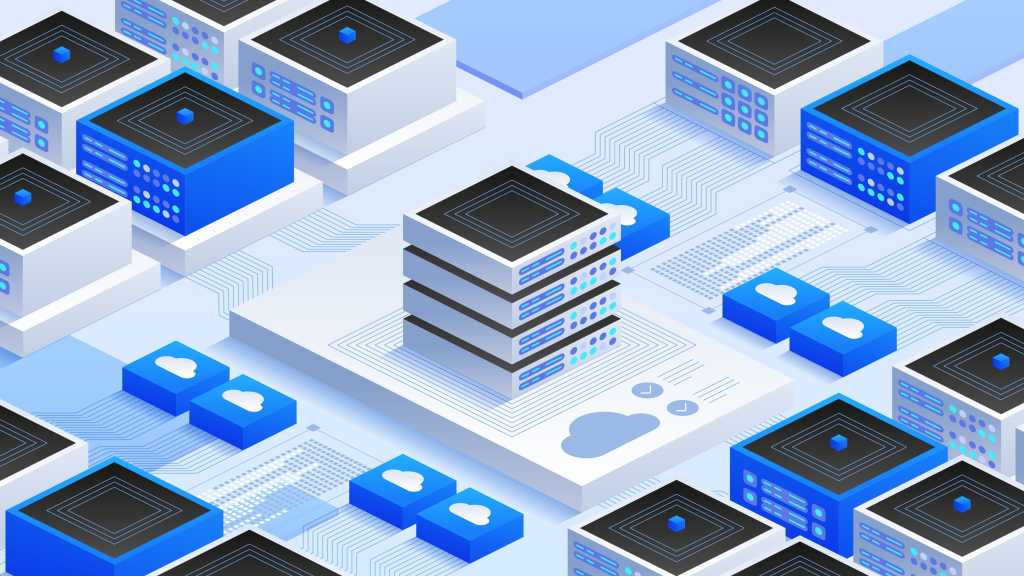The latest in a series of polls gauging opinion on the UK energy sector has found that the vast majority of locals yet again support domestic North Sea oil and gas production.
A survey by advisory firm True North has found that 71% of Scots believe the UK should meet its own oil and gas demand rather than importing supply from other countries.
Only 16% said that the country should favour imports over domestic production.
However, support for oil and gas has tumbled year-on-year since 2023 when 76% said that the UK should produce its own hydrocarbons, in 2024 that figure stood at 75%.
The UK has a dwindling resource of oil and gas as the North Sea basin depletes, in addition to this, government policy over the past few years has led to operators looking to more welcoming fiscal climates.
Almost a third say EPL no discouragement for oil
Less than a quarter of respondents, 23%, said that the controversial energy profits levy (EPL), or windfall tax, has been effective in reducing household bills with as few as 8% saying the measure had been “very effective”.
Last year the headline rate of tax for North Sea operators climbed to 78% as Labour removed the EPL’s investment allowances.
Keir Starmer’s government chose to retain capital allowances under the windfall tax, a move which was welcomed by North Sea firms.
With that said, there are a number of operators that are looking to diversify their portfolios out of the UK or leave the country entirely.
Last year, UK tax drove Apache to announce its North Sea exit, while the UK’s largest producer of oil and gas, Harbour Energy, acquired German firm Wintershall Dea to diversity its portfolio. Harbour completed the takeover last September in a deal worth $11.2 billion (£8.53bn).
Independent producer EnQuest has made a duo of deals to diversify its geography and pick up assets in south-east Asia as its peer Serica continues “screening multiple M&A opportunities” both in and out of the North Sea.
 © Supplied by AGCC
© Supplied by AGCCAberdeen and Grampian Chamber (AGCC) of Commerce chief executive Russel Borthwick said: “To deliver a managed transition we should ensure these national assets are protected, starting with the removal of the punitive windfall tax which continues to have a chilling effect on investment.”
In Truth North’s poll, carried out by Survation, 32% of respondents said that the windfall tax is not discouraging firms from oil and gas activities while 26% said the fiscal policy was. The remaining respondents answered that the EPL was “neither effective nor ineffective” or simply didn’t know.
Over half of Scots doubt Starmer’s clean power pledge
True North senior energy advisor, Allister Thomas, commented on the findings: “A shift away from oil and gas is inevitable – and crucial – but failing to carry out a managed transition risks seeing the UK importing more at a higher carbon footprint, while losing jobs and harming investment.
“As this polling suggests, it makes more sense to ramp up renewables while also pursuing policies to harness the UK’s oil and gas resources as they continue to play a crucial role in our energy mix, protecting jobs and mitigating imports in the meantime.”
 © Supplied by True North
© Supplied by True NorthAs the popularity of oil and gas in the UK takes a hit, over a half of Scots said they support the UK government’s pledge to deliver 95% of the country’s power from clean energy sources by 2030.
A total of 53% backed the pledge, however, 55% said they believe the goal was not achievable.
In December the UK Government watered down its clean power mission from achieving 100%, to a new goal to deliver “at least 95%”, clean energy by the end of the decade.
Shadow Secretary for Energy Security and Net Zero, Claire Coutinho, argued that this move was made due to the challenge of reducing customer energy bills.
Thomas added: “Labour will be pleased to see strong backing for its clean power 2030 ambition and build-out of infrastructure such as new pylons.
“However, there’s considerable scepticism around whether that herculean task can be achieved within a short timeframe.”
Pylon positivity as 60% support transmission roll out
In order to deliver clean energy targets, transmission infrastructure will have to ramp up to connect clean energy to UK homes.
The roll out of pylons has been a contentious subject with rural communities voicing opposition.
Despite this, 60% of the 1,024 Scottish people questioned said that they would not oppose the building of new infrastructure in their area to support the transition.
In response to government ambitions to deliver green energy, Borthwick added: “Clean power 2030 holds promise for north-east Scotland, at the heart of one of the world’s largest offshore wind markets, but we must be realistic about the major challenges we face.
“Huge ramp up of grid connection and transmission networks, cutting of planning and consent red tape, and delivery of a strong pipeline of projects are among the hurdles we must overcome to realise success.”
Last week, AGCC’s quarterly economic survey found that 51% of businesses in Europe’s once oil and gas capital expect to suffer reduced profits in 2025.
In addition to this, 61% of firms said headcount is likely to remain flat over the next three months, while almost a quarter, 22%, said employment numbers are expected to fall.





















